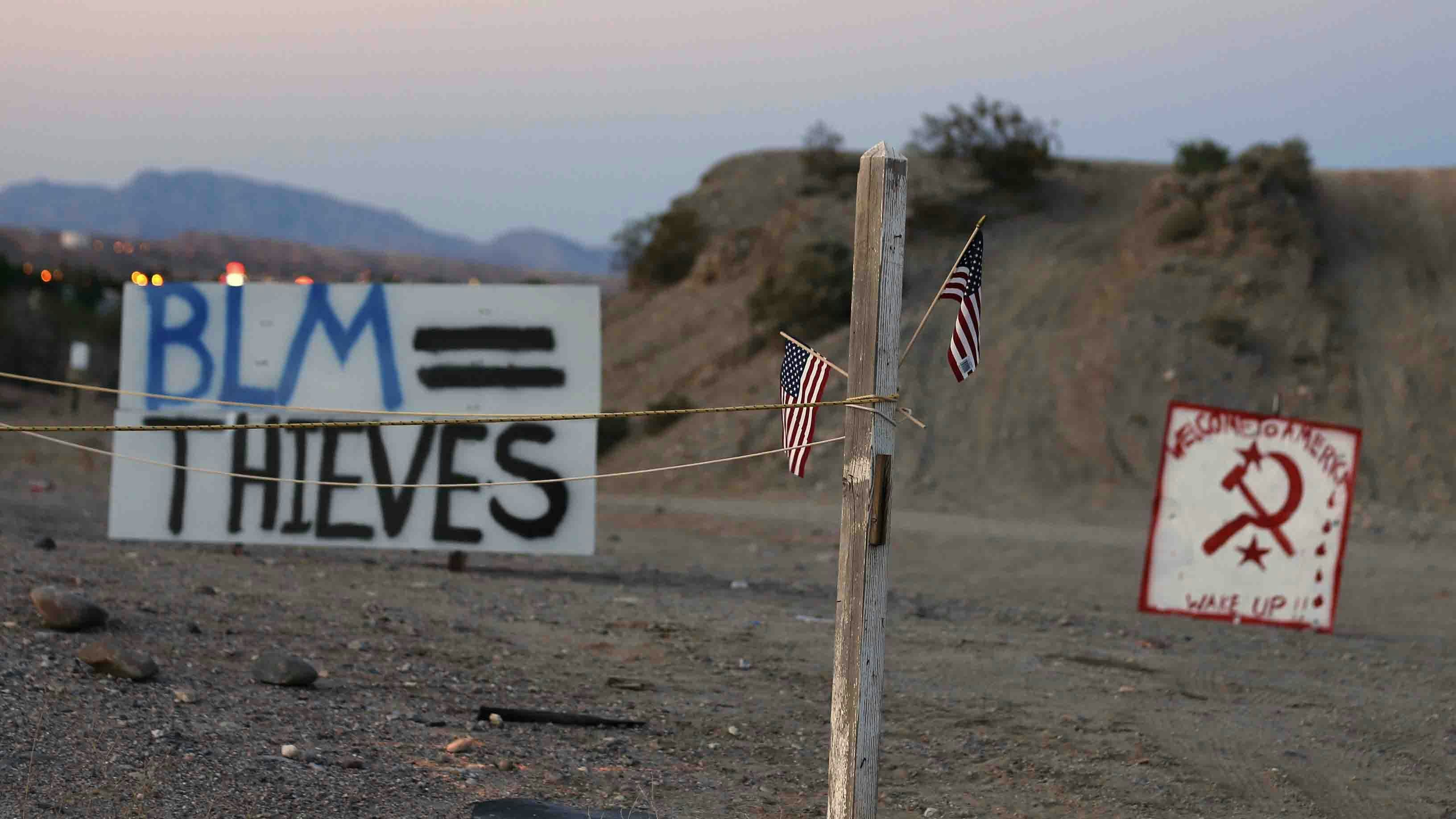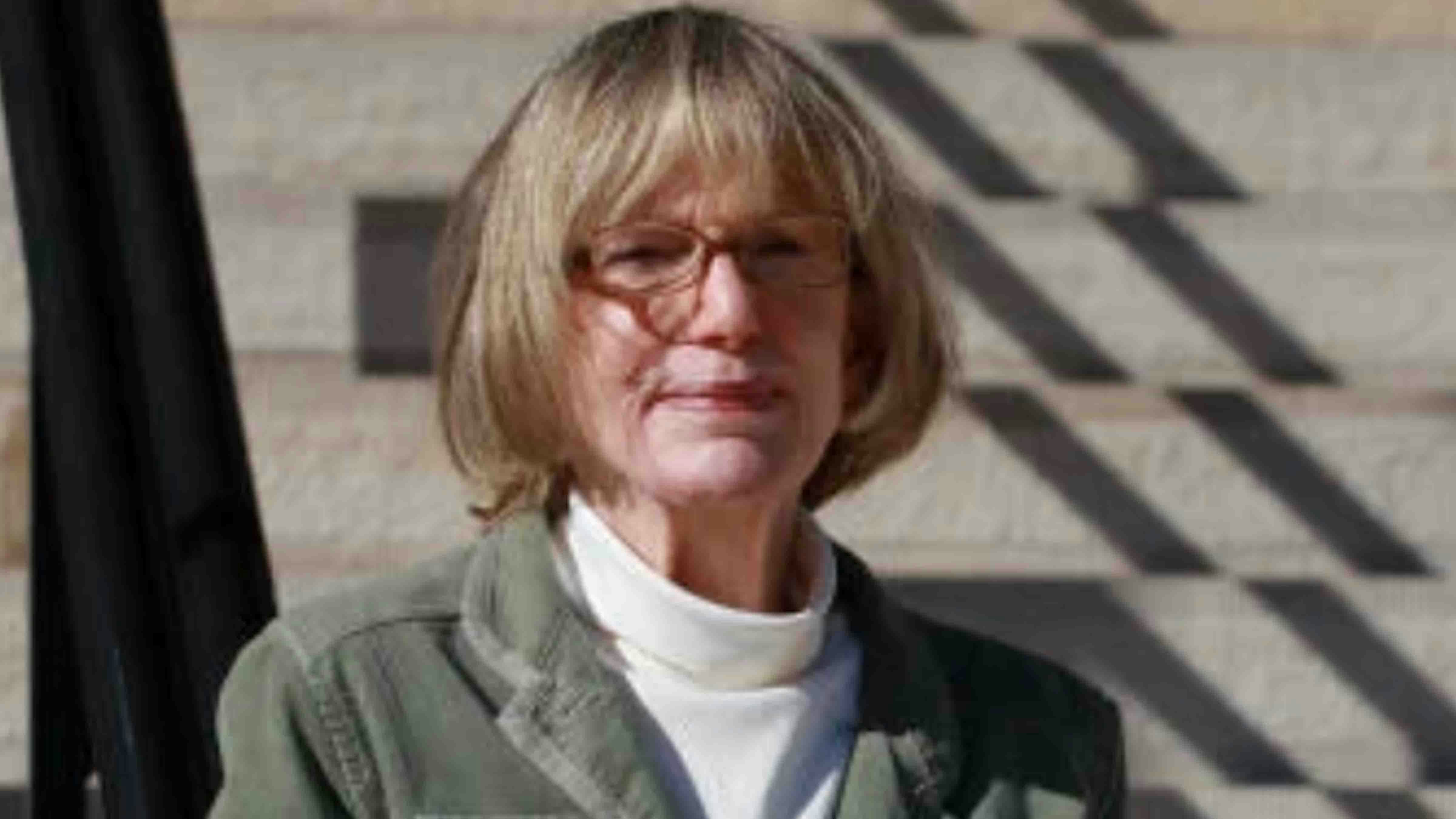While some Wyoming politicos have glommed onto the draft Rock Springs District Resource Management Plan for the Bureau of Land Management to make outrageous claims about the agency’s preferred alternative, the truth is that that the plan is bad enough for most resource users that no exaggeration is needed. That some politicians are making claims that simply aren’t true doesn’t help the public to understand what’s actually in the plan and how their interests may be impacted.
As I continue to sift through the more than 1,300 pages of the draft environmental impact statement and resource management plan, a few overarching themes appear:
Non-use is preferred by the BLM. That’s not hyperbole but truth: “Alternative B emphasizes conservation of resource values with constraints on resource uses.” The BLM proposes a major shift in management by restricting and limiting most uses on millions of acres of public lands. Its preference is for “supporting opportunities for solitude and primitive/unconfined recreation,” “naturalness,” “more quiet and solitude,” “solitude and a pristine setting,” “solitude and natural environments.” We’re not talking about wilderness areas here, but millions of acres of public lands from the foothills of the Wind River Mountains south to the Colorado border.
Non-management is preferred by the BLM. That might be slightly hyperbolic, but BLM’s stated preference is “management that emphasize(s) natural processes.” Instead of allowing itself to adopt an integrated management approach for each resource, the BLM proposes to substantially limit actions that are human-made or human-caused, limiting its own management options in the process. Cutting deadwood for use at dispersed campsites is rejected in favor of natural decay in all but some future “designated” areas. Chemical treatments for vegetation improvements are prohibited. No mountain bikes are allowed on Wild & Scenic River trails. Setback distances are increased by as much as nearly 20 times the distances currently prescribed. Millions of acres are closed to oil and gas, coal, renewable energy, and rights of way. Special recreational events won’t be allowed.
“Naturalness” is the BLM’s goal. The word “natural” is repeated hundreds of times in the document. The result of all these restrictions is that the agency doesn’t leave itself much flexibility in its management actions regardless of changing conditions.
These public lands are used and loved by an assortment of people, but the BLM selected an alternative that imposes restrictions on most human uses and attempts to outlaw nearly any visible change to the environment over a broad landscape.
In fact, the BLM plans to designate 2.1 million acres for “visual resource management” in which “changes in any of the basic elements (form, line, color, or texture) caused by management activity should not be evident in the characteristic landscape.” Another 225,785 acres would be managed for wilderness-type visuals in which visual change can be from “natural ecological changes only.”
The BLM’s preferred alternative is not a case of ‘we must do this’ to maintain critically important resources like wildlife migrations or the area’s abundant wildlife resources; there are better choices that can accomplish the same goals while being more accommodating to other resource uses. The region has abundant natural resources despite all the human uses of the landscape in the past and the present.
Must the BLM seek to restrict most human uses? I don’t think so. The agency can adopt more measures aimed at conserving natural resources without such “ham-fisted” tactics (to borrow wording from Governor Mark Gordon) as proposed in the agency’s preferred alternative.
It all comes down to a foundational belief held by the federal agency that is explicitly stated in the document: “Any use of the natural resources within the planning area is likely to adversely impact long-term productivity of these natural resources.”
That is a stunning claim, especially when considered in the context of the federal agency’s mission as determined by Congress to manage public lands “on the basis of multiple use and sustained yield.” The agency’s position that ANY use of natural resources is likely to be harmful makes it evident that the agency doesn’t believe that sustained yield exists. In all its 36-page glossary of terms and definitions, “sustainability” is not included.
The BLM’s plan sets out the agency’s goals for socioeconomic resources (economics and public safety), including:
• Provide sustainable economic development opportunities for a diversity of multiple-use resources including energy, mineral extraction, grazing, agriculture, and recreation, including sightseeing, hunting, fishing, tourism, hiking and others.
• Provide resources and necessary access, consistent with multiple and sustainable use, for economic, cultural, and social viability at the national, regional and local levels.
• Recognize the importance of mineral and oil and gas extraction as an important component to sustaining the economy of the region.
• Consider local and regional economic development and land use plans in BLM decision making. Provide opportunities for economic and social sustainability at the national, regional, and local level.
• Consider the impact of BLM management actions on community health, safety, welfare, infrastructure, services, housing, employment, custom, and culture.
But here’s the catch: when it came time for the action items to meet sustainability goals, none are listed. Of the nine actions under socioeconomics, all deal with protecting the public from hazardous substances, waste or abandoned mines. There are no action items for sustainable economic development. There are no action items for social sustainability. There are no action items for “economic, cultural and social viability.” Go to page 2-213 in the draft EIS and have a look for yourself.
Public comment on the plan closes Nov. 16, and comments can be submitted online. For all the details, go here: https://eplanning.blm.gov/eplanning-ui/project/13853/570
The BLM wants comments of substance rather than a vote for or against any particular alternative, so let the agency know how you would like to use your public lands and how the agency may accommodate that in their plan.
Cat Urbigkit is an author and rancher who lives on the range in Sublette County, Wyoming. Her column, Range Writing, appears weekly in Cowboy State Daily.





